Description
Makes 16 to 20L per 40 gram sachet.
Eco Bb from is a biological insecticide registered for the suppression of a range of common agricultural pests. EcoBb is a wettable powder formulation of the beneficial fungus Beauveria bassiana and forms part of Madumbi’s BioManagement range. Eco-Bb® is steadily being included in more and more IPM programs, achieving consistently good results.
Features:
Ability to reduce any of the life cycle stages of the target organism.
Broad-spectrum efficacy.
Unique mode of action.
Superior wettable micro-granule powder formulation.
Robust strain R444.
Non-toxic, completely natural and has a non-withholding period.
Benefits:
Eco Bb is effective against the egg, larvae/nymph, pupa and adult stage. Therefore, the opportunity to reduce or impact on the target population is excellent. Inclusion in an integrated pest management (IPM) strategy will result in a more effective program overall.
Eco Bb has the ability to suppress and manage a wide range of target insect pests.
Mode of action of B. bassiana is different from chemical insecticides, making Eco-Bb ideal to use in IPM and resistance management programs.
Spores are encapsulated in a dry oil formulation which prevents the fungal spores from drying out and becoming deactivated under field conditions.
The strain was isolated in Clanwilliam, South Africa and is adapted to hot, dry, semi-desert conditions.
Eco Bb is suitable for organic and conventional agriculture and can be applied during the harvesting period.
How does Eco Bb work?
The active ingredient in Eco-Bb® is spores of the fungus Beauveria bassiana, an entomopathogen, which occurs naturally in soils throughout the world. Once the spores come into contact with the cuticle (skin) of the target organism, they germinate; secreting enzymes which specifically weaken the insect cuticle.
The fungus invades the host directly and once inside the target organism, the fungus continues to grow, feeding on the internal organs. When the target organism dies, the fungus takes over the cadaver and, in favourable conditions, grows back out through the body wall, sporulating on the surface.
The dead organism is then enveloped in a mat of white conidia (a fruiting body containing spores).
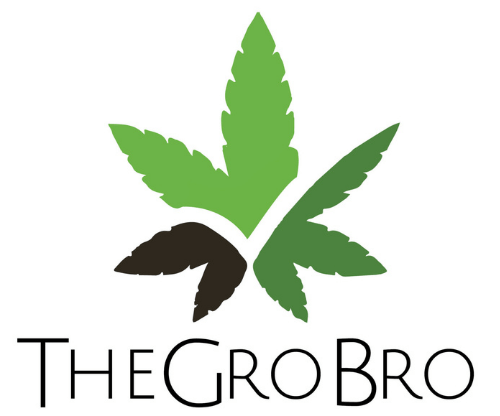
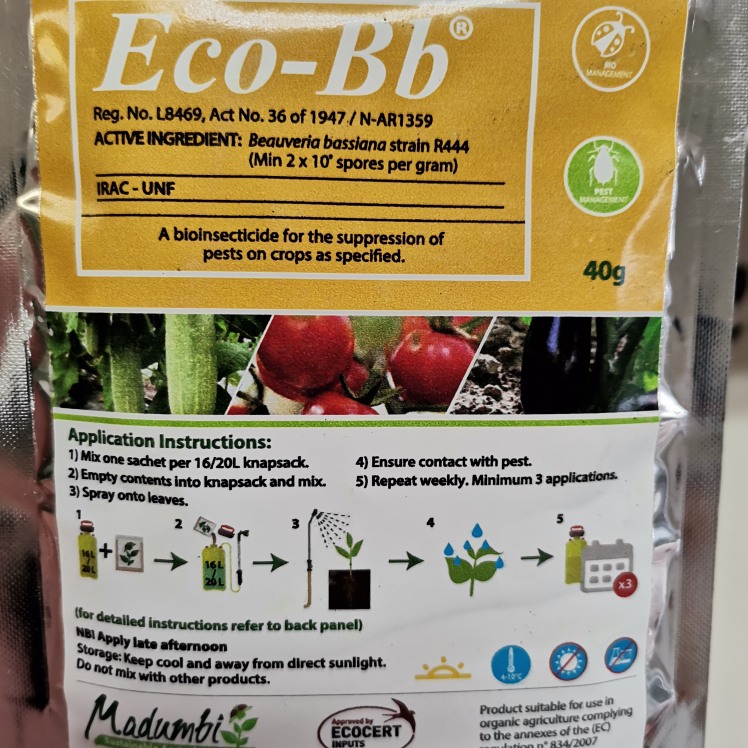
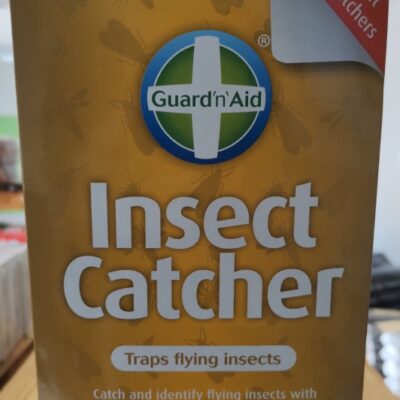
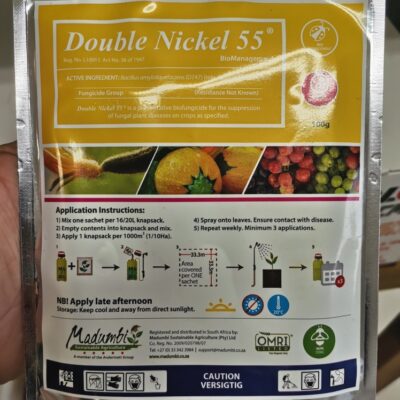
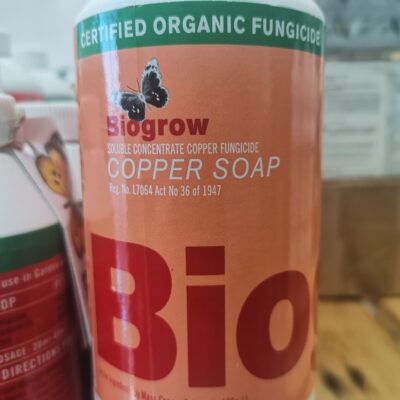
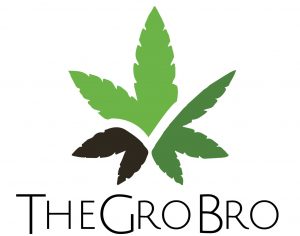
Reviews
There are no reviews yet.